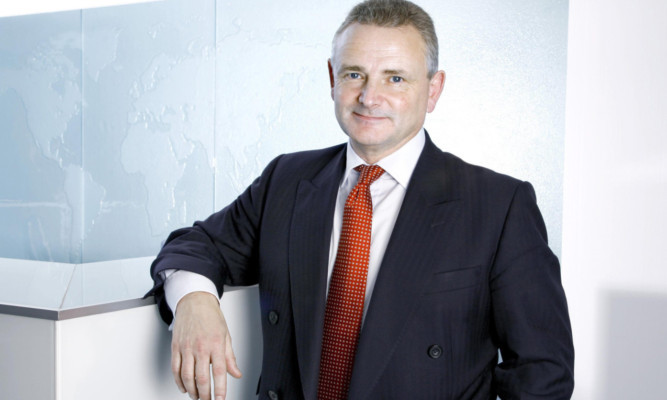Ousted Aviva chief executive Andrew Moss was paid for a half-day holiday he never took as part of a £1.4 million payout after leaving the insurance giant last year.
The 55-year-old resigned from his post on May 8 after being humiliated at the firm’s general meeting days earlier when shareholders refused to back the pay report for senior executives.
The defeat came despite Mr Moss attempting to ease concerns by waiving a near 5% pay rise which would have taken his salary over the £1m mark.
The company’s latest annual report for 2012, published yesterday, shows Mr Moss received a basic salary of more than £898,000 when he left the company.
The figure represented his basic pay in lieu of notice, and he also received a further £300,000 to settle any claims he may have in relation to a bonus under the terms of his contract.
Further, Mr Moss retained £209,000 in pension provision and he received payment for a half-day accrued holiday entitlement the equivalent of more than £1,870 on a 240-day standard working year basis.
Aviva also agreed to pick up a £25,000 tab in relation to legal fees paid to Mr Moss’s solicitor for advising on his departure, and a further £20,000 was claimed by the former CEO in respect of “outplacement services”.
In addition, the severance package received by former executive director Igal Mayer, who also left the business in May last year, was also disclosed in the document.
He received around £580,000 basic salary in lieu of notice and was due 10 days’ holiday entitlement at the time of his departure.
In his role he was entitled to first-class return flights between Toronto and London and a travel allowance of up to £40,000 per annum for his spouse and children.
His rental accommodation and utility costs were also covered by the company, while he was given assistance in preparing his tax returns in line with standard policy and Aviva met the cost of any taxes due on the benefits.
Among the senior executives who remained with the company throughout last year, chief financial officer Patrick Regan received a total remuneration package of £1.53m, while former Aviva UK chief executive Trevor Matthews who will step down later this year received a total of £1.01m.
Meanwhile, executive pay at rival Standard Life was also under scrutiny yesterday after it was revealed that chief executive David Nish took home more than £5m last year almost double his total remuneration in 2011.
On top of his £775,000 basic salary,Mr Nish received £250,000 in benefits and pension contributions as well as a bonus of £1.21m. He is also entitled to long-term incentives totalling £2.75m.
Asset management chief Keith Skeoch saw his total pay and benefits increase by almost two-thirds to £4.34m, and finance director Jackie Hunt’s package increased to £2.54m.
business@thecourier.co.uk
